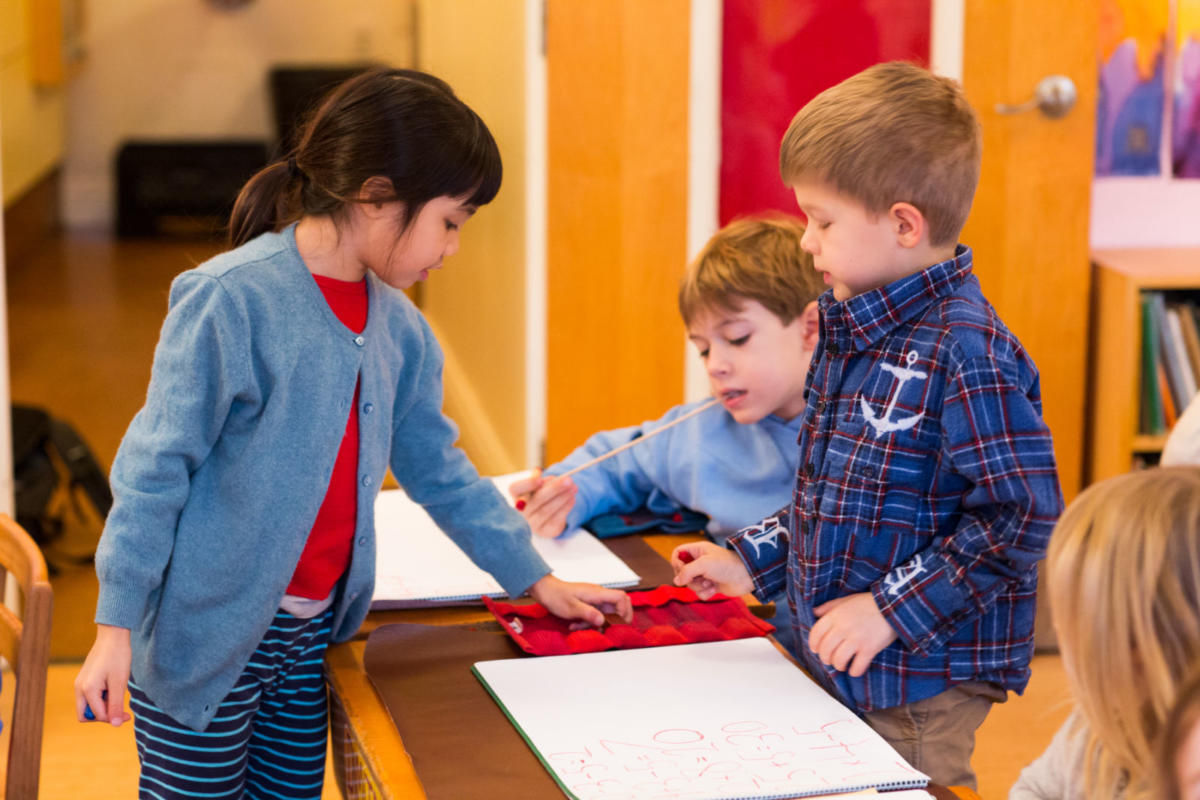The Enchantment of Learning:
Grades 1 – 3
Children move into the second phase of childhood at the age of six or seven. This change is marked by a new readiness for formal learning. New intellectual abilities are nurtured, continuing to empower the imagination and creativity in the early grades.


